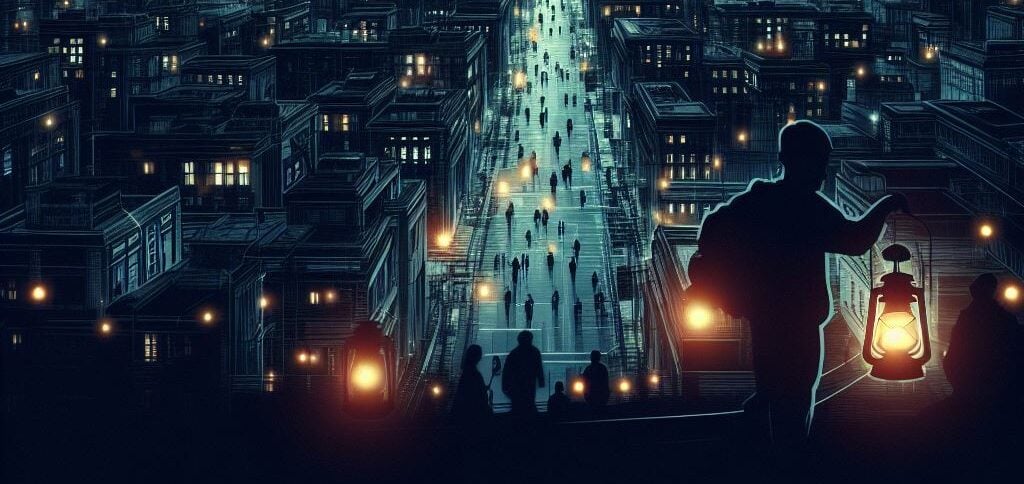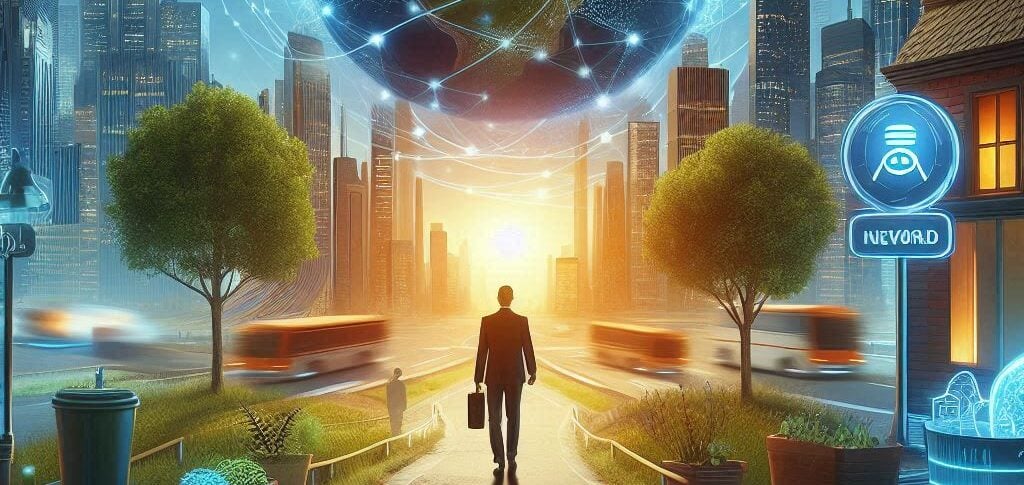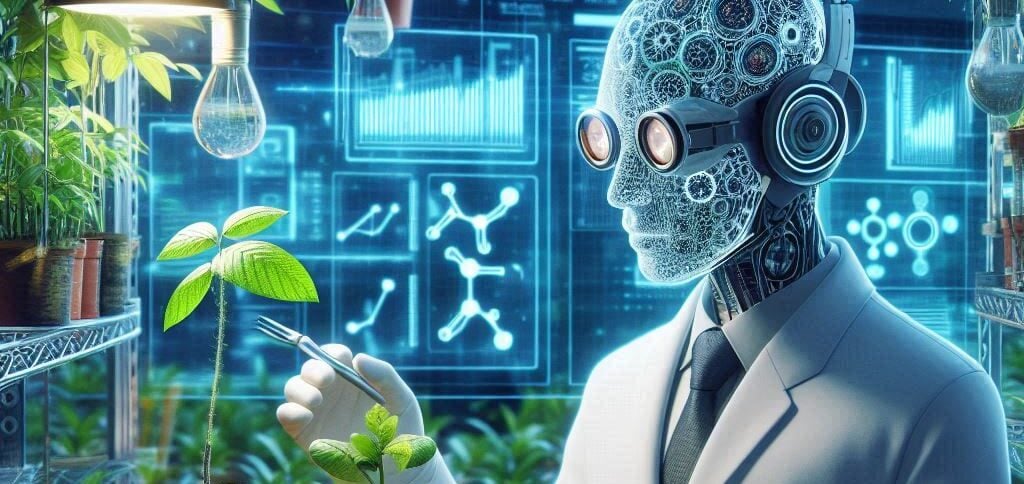What is human trafficking or human trafficking?
According to UNODC – United Nations Office on Drugs and Crime – human trafficking is characterized by “the recruitment, transportation, transfer, harboring or receipt of persons, through threat or use of force or other forms of coercion, of abduction, fraud, deceit, abuse of power or a position of vulnerability or giving or receiving payments or benefits to obtain consent for a person to have control over another person for the purpose of exploitation.”
ADVERTISING
In practice, human trafficking is linked to various forms of exploitation such as sex trafficking, drug trafficking, work similar to slavery, organ trafficking and child labor.
It all starts with promesss (of employment, of fame, of surgeries...) and ends with the victim imprisoned, passport and other documents confiscated, attacked and/or abused, sometimes drugged, in an endless cycle of violence that is impossible to free oneself.
Human trafficking in Brazil
The preferred victims of human trafficking are women. An expert on the subject, the representative of the North American NGO The Exodus Road, Cintia Meirelles, explains that grooming is done in several ways.
ADVERTISING
You can listen to this excerpt from the interview, focusing on international trafficking – exporting women for sexual exploitation in Europe – and domestic trafficking, which targets the LGBTQIA+ population. ⤵️
It's not fiction, it happens every day
The following video was made based on real investigations by federal police officers who work against human trafficking in Brazil. It is part of the corporation's campaign in partnership with The Exodus Road.
Exploring dreams
“You are an expert with the ball, I have a club out there where you can reveal yourself to the world”. Imagine this proposal being made to a boy who dreams of being a Neymar? Who wouldn't be seduced...
ADVERTISING
Be aware that this is one of the forms of solicitation for human trafficking.
In 2014, for example, 38 young people recruited on the outskirts of Maceió (AL) were deceived by a false sports businessman who promeaunt take them to auditions at big clubs. After 50 days imprisoned in poor survival conditions, the boys were rescued at a farm in Guapimirim, in the Metropolitan Region of Rio de Janeiro, after an anonymous complaint. (O Dia)
The same happens with girls who dream of being international models. O Curto News talked about this in a recent report. ⤵️
ADVERTISING
Invisible crime



Human trafficking is real and is associated with several other crimes such as drug trafficking, sexual exploitation and slave labor. Images: Unsplash
“The crime of human trafficking is invisible. You look and don't see that it's a crime. You think that person is in that situation because they chose it”, says Cintia Meireles.
She gives sex workers as an example. Although many women, transsexuals or homosexuals choose prostitution as a way of survival, there are people forced to live this way.
ADVERTISING
“Usually this woman or this LGBTQIA+ person is a victim of sexual exploitation. She is in a situation of human trafficking, but we as a society cannot see that.”

Lack of data
This invisibility also makes it difficult for the police to act and arrest those who promote human trafficking.
“When society asks questions [about suspicious situations] it demands the police authorities so that they can enforce the law. Only then will we have figures on human trafficking in Brazil”, says the Exodus Road representative.
According to Cintia, there is an underreporting of this type of crime, there is a lack of sufficient data and route mapping, which makes combating it difficult.
“Brazil, a country of continental size, does not have a number of human trafficking? Why? We talk about the exploitation of slave labor, but we talk little about other forms of crime that are part of human trafficking, such as sexual exploitation, child labor, illegal organ donation... the crime is real!”, warns Cintia.
“The lack of a centralized database in Brazil and inconsistent reports made it difficult to analyze data, make year-to-year comparisons, and draw conclusions,” states a survey carried out in 2022 available on the website of United States embassies and consulates in Brazill.
Poorly trained police
O US State Department report on human trafficking in Brazil, 2022, states that “despite efforts to investigate and prosecute more traffickers, identify more victims and publish regular updates of the public registry of slave labor offenders (the “dirty list”), Brazil has made little progress against this crime considering the impact of the covid pandemic -19.
“The government failed to meet minimum standards in several important areas… reported no final trafficking convictions, and authorities continued to punish most labor traffickers with administrative penalties rather than imprisonment,” the agency warns.
“The police in Brazil are not well trained, equipped and are extremely poorly paid. It is overloaded with crimes considered most important for society”, explains Cintia Meireles.
Victims are blamed

Protection for victims, including shelters, “remained inadequate” and staff at these facilities have a flawed understanding of the crime of human trafficking, leaving victims vulnerable,” emphasizes the same US government report.
There is an important point to highlight: It is common for victims of human trafficking to be punished for crimes they were forced to commit, such as swallowing drug capsules, for example.
Cintia Meireles talks about “mules” who carry drugs in their stomachs and are generally victims of human trafficking. Listen: ⤵️
Women (sexually exploited) also end up being treated by police officers as an integral part of that illicit scheme. “They do not have an environment to be welcomed, there is no female police officer to assist them, and they are treated with contempt and disrespect”, explains Cintia.
Human trafficking in numbers:
- 43% of victims of human trafficking are in forced labor.
- 13% of human trafficking victims are being exploited in the sex trade.
- 44% of victims of human trafficking are in forced marriages.




